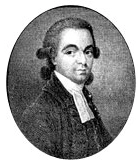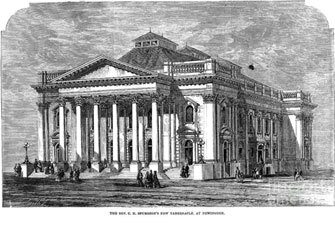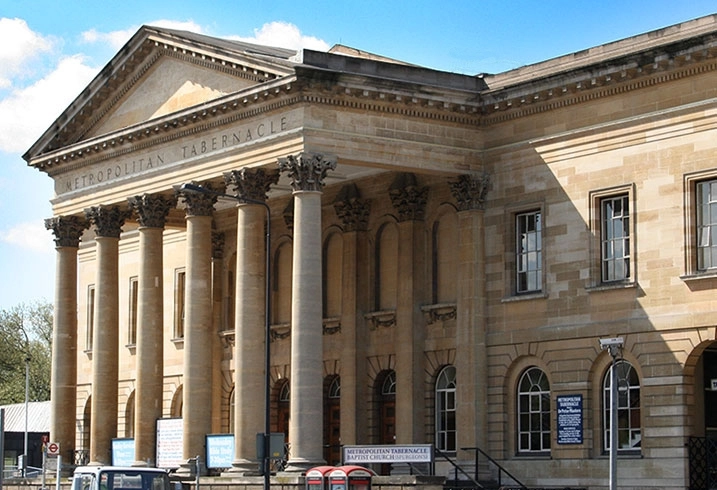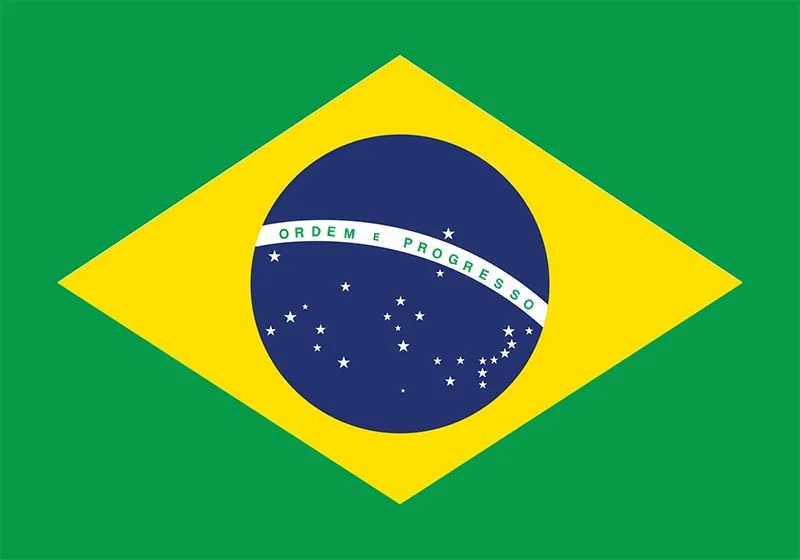History of the Tabernacle
The Tabernacle Fellowship goes back to the year 1650, thirty years after the sailing of the Pilgrim Fathers.
During a time that Parliament had just banned Baptist meetings, the Tabernacle traces its roots to a congregation which braved constant persecution, and which met in a house in Kennington belonging to Widow Colfe. The meeting grew rapidly under its first pastor, William Rider, who apparently died in the plague.

Then came Benjamin Keach, famous for his books – still in demand – explaining the miracles, parables and metaphors of the Bible. A prominent leader among Baptists, he led the church through much persecution, and built its first chapel near Tower Bridge as soon as freedom came to Baptists in 1688.
Dr John Gill, whose Bible commentaries remain in print to this day, became pastor in 1720 and served for 51 years. He was one of the greatest biblical scholars of his time. During his ministry the church strongly supported the preaching of George Whitefield at nearby Kennington Common. There, in 1739, the earliest sermons of the Great Awakening brought thousands of people to experience the new birth.


After Dr Gill came Dr John Rippon (in 1771), who served for 63 years, building up the church so that it became the largest Baptist congregation in the land.
Charles Haddon Spurgeon

The next long and notable pastorate was that of Charles Haddon Spurgeon, who first preached to our congregation (then housed in New Park Street Chapel) in 1853. His arrival soon led to such crowds thronging the chapel that services had to be moved to a vast hired hall in the Strand, and then to the Royal Surrey Gardens Music Hall, where up to 10,000 people assembled.
The present site was acquired for the Tabernacle partly because of its prominent situation and partly because it was thought to be the site of the burning of the Southwark Martyrs. For this reason our foundation-stone bears the words: ‘The blood of the martyrs is the seed of the church.’ During Charles Spurgeon’s ministry tens of thousands were converted to God under the preaching of the Word. Today we are privileged to worship in surroundings hallowed by such a history.
Charles Haddon Spurgeon pastored the church for 38 years, founding a pastors’ college, an orphanage, a Christian literature society and The Sword and the Trowel magazine. Over 200 new churches were started in the Home Counties alone, and pastored by his students. His printed sermons (still published) fill 63 volumes. In 1887, toward the end of his ministry, Spurgeon led the church out of the Baptist Union because of the widening influence of theological liberalism in the Union. Today we continue as an independent Baptist church, obeying the biblical command to have no common ground with unbiblical teaching.

The original Spurgeon’s Tabernacle was burned down in 1898 (excepting the front portico and basement), and rebuilt along similar lines. It was later burned down for the second time when hit by an incendiary bomb in the longest air raid of World War II (in May 1941).
Once again the portico and basement survived, and in 1957 the Tabernacle was rebuilt on the original perimeter walls, but to a different design.
A New Era

The war led to the Tabernacle fellowship being greatly diminished as few members of the old congregation were able to return to heavily-blitzed central London. By 1970, our ranks had fallen to the point where we occupied only a few pews, but then the Lord again refreshed us and blessed our testimony giving rise to the full church and galleries of today.
We give all the glory to Him for the large numbers of people who have come into the Tabernacle over the past fifty years, for the numerous professions of faith, and for the various ministries which have been established.
Pastors of the Metropolitan Tabernacle
1653(c.) William Rider
1668 Benjamin Keach
1704 Benjamin Stinton
1720 John Gill
1773 John Rippon
1837 Joseph Angus
1841 James Smith
1851 William Walters
1854 Charles Haddon Spurgeon
1893 Thomas Spurgeon
1908 Archibald Brown
1911 Amzi Clarence Dixon
1919 Harry Tydeman Chilvers
1938 William Graham Scroggie
1944 W G Channon
1951 Gerald Griffiths
1956 Eric Hayden
1963 Dennis Pascoe
1970 Peter Masters
Home › Church details › History













